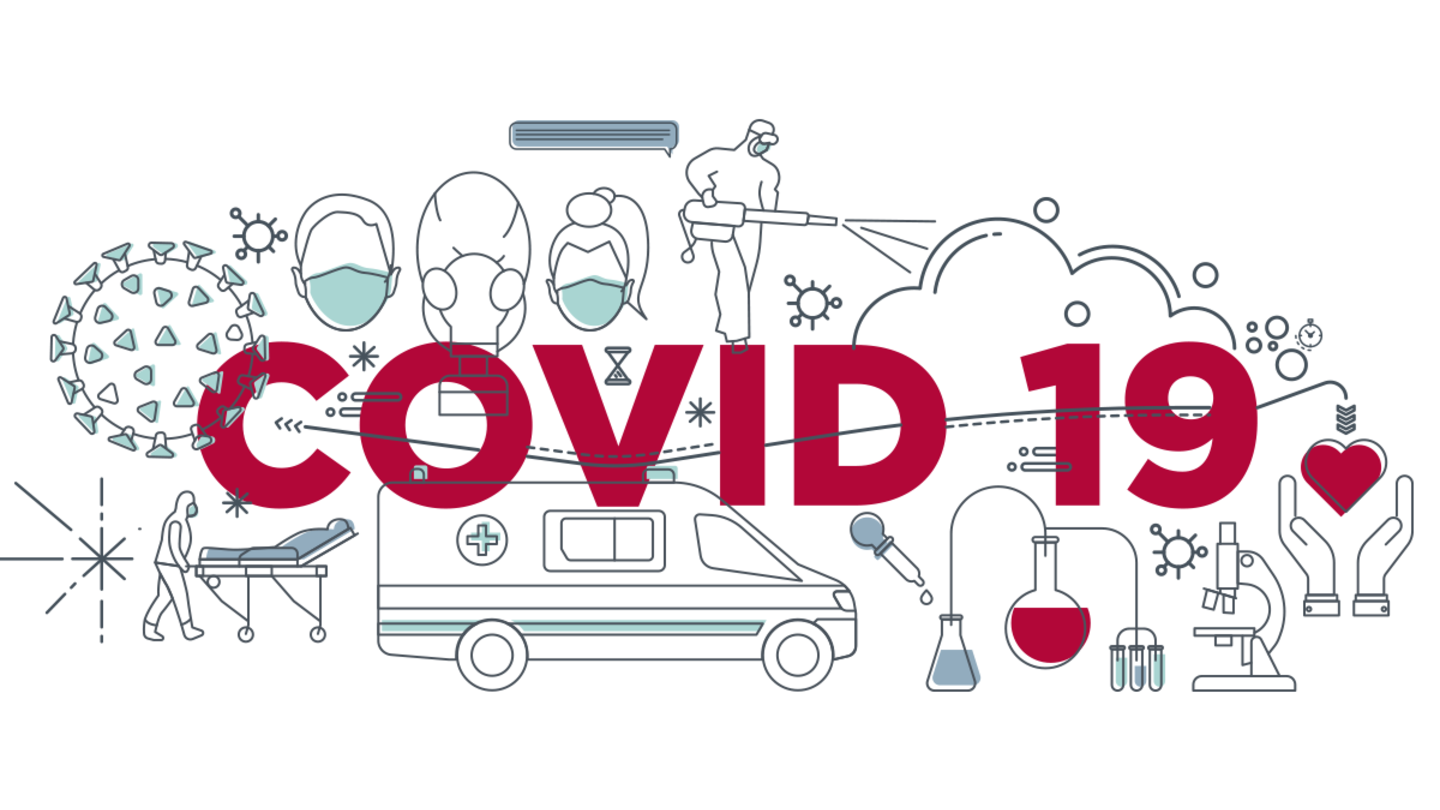
By: Nick Santangelo
"Should I get tested? Should I self-quarantine?" These are questions on the minds of many College of Liberal Arts community members as the novel coronavirus pandemic continues to flip our world upside down. Currently, you can find a list of "emergency warning signs" that necessitate testing on the Centers for Disease Control and Prevention's website.
Analyzing Potential Smell and Taste Symptoms
But could there also be other symptoms? Psychology Research Assistant Professor Valentina Parma and her colleagues at the Global Consortium for Chemosensory Research (GCCR) are seeking to find out if smell and taste issues, which a number of COVID-19 patients have reported experiencing, could be additional symptoms. Dr. Parma is chair of the GCCR Leadership Team, which heads up the consortium of approximately 500 (and growing) professors, scientists, clinicians and patient advocates working in the consortium from 38 different countries across six continents.
"We aim to map the smell and taste symptoms that people report in relationship to COVID-19," says Dr. Parma, "and to understand whether smell and taste change in specific ways in COVID-19 as compared to other viral illnesses."
To ascertain that information, the GCCR is sending out a survey and developing other screening tests around the world. The team hopes this will lead to the development of an evidence-based tool for self-reporting COVID-19 smell and taste symptoms.
Once that data is processed, the GCCR will make it freely available to the public through Open Science Framework.
"We're hoping to gain information that will help to support diagnosis and characteristics of COVID-19," explains Dr. Parma. "To do so, we need tools such as those that the GCCR is developing to gather scientific evidence on a large scale. Our hope is to understand whether smell and taste loss is a good warning sign for COVID-19. If so, this information can be used to adjust self-isolation practices and inform testing.
"The addition of sense of smell and taste issues in the guidelines of symptoms to look for has started, but that the data are not out there yet, so we're trying to actually gather a little more high-quality data on this and evaluate whether it can be turned into evidence that health authorities can use to make a recommendation of some sort."
Because data is still being collected and analyzed, Dr. Parma cautions that, at this time, no one should rush to the hospital if they experience smell and taste issues, but follow the guidelines from professional organizations to self-quarantine and seek testing. It's impossible to open social media, turn on the TV or speak to anyone right now without hearing about COVID-19, and not all information is reliable. As such, the GCCR is closely monitoring itself to ensure its communications are nuanced and supported by reliable and valid science.
Accepting the New Normal and Moving Beyond
Keeping the consortium's hundreds of members synced up across continents and time zones and through language barriers is a big enough challenge that Dr. Parma jokes one of her secrets is giving up sleep. The other is having an extremely collaborative team of experts that share leadership duties with her:
- John Hayes, Penn State, U.S.
- Thomas Hummel, Technische Universität, Dresden, Germany
- Christine Kelly, founder, AbScent.org, U.K.
- Steve Munger, University of Florida, U.S.
- Masha Niv, Hebrew University of Jerusalem, Israel
- Kathrin Ohla, Research Center Jülich, Germany
- Danielle Reed, Monell Chemical Senses Center, U.S.
- Maria Veldhuizen, Mersin University, Turkey
But chairing the GCCR isn't Dr. Parma's only challenge right now. Like all Temple University professors, she's had to transition from teaching in the classroom to teaching online because of the novel coronavirus. It hasn't been perfect for anyone, but the professor says the majority of her students are doing pretty well.
"It's the new normal," she says. "This week, I see a little bit of a downward curve, but overall everybody's really cooperating and trying to make it work as best we can."
Just like students, the GCCR is also doing all of its work virtually, relying on Slack for communication and translation between members. From leadership to running the consortium's website to analyzing data to tool development, everyone has their role to play. And, according to Dr. Parma, 70% of members are highly engaged.
And they need to be if they're to accomplish the GCCR's ambitious goals, which extend even beyond the domain of COVID-19. Dr. Parma's team hopes to continue its work into the theoretical study of taste and smell and how those senses can differ across cultures.
"We're aiming for the highest scientific evidence that we can with the tools that we can use at this moment. Virtual, open science is a powerful tool. Maybe the lessons learned in this emergency situation will transform the future of chemosensory research and beyond."
